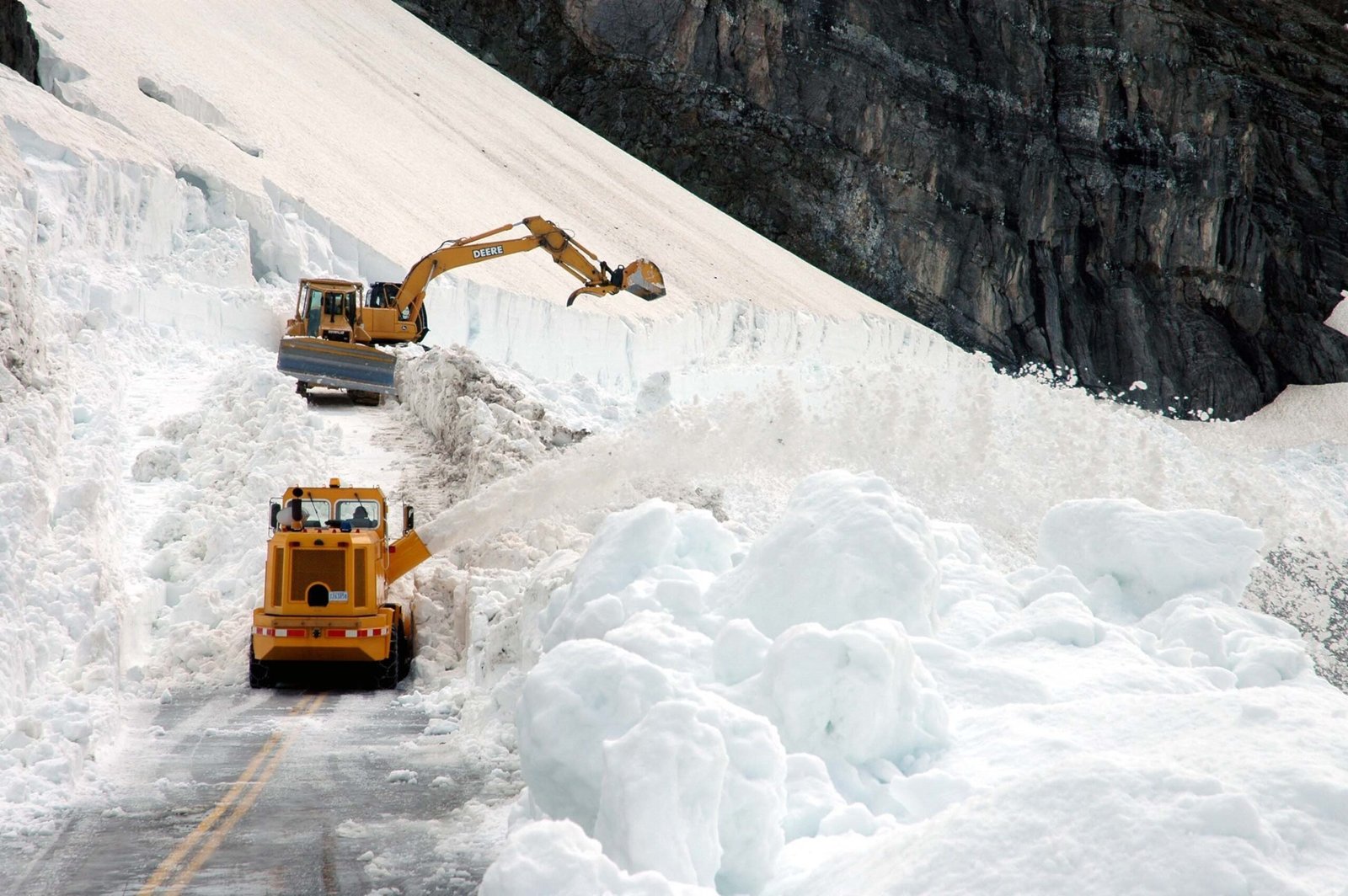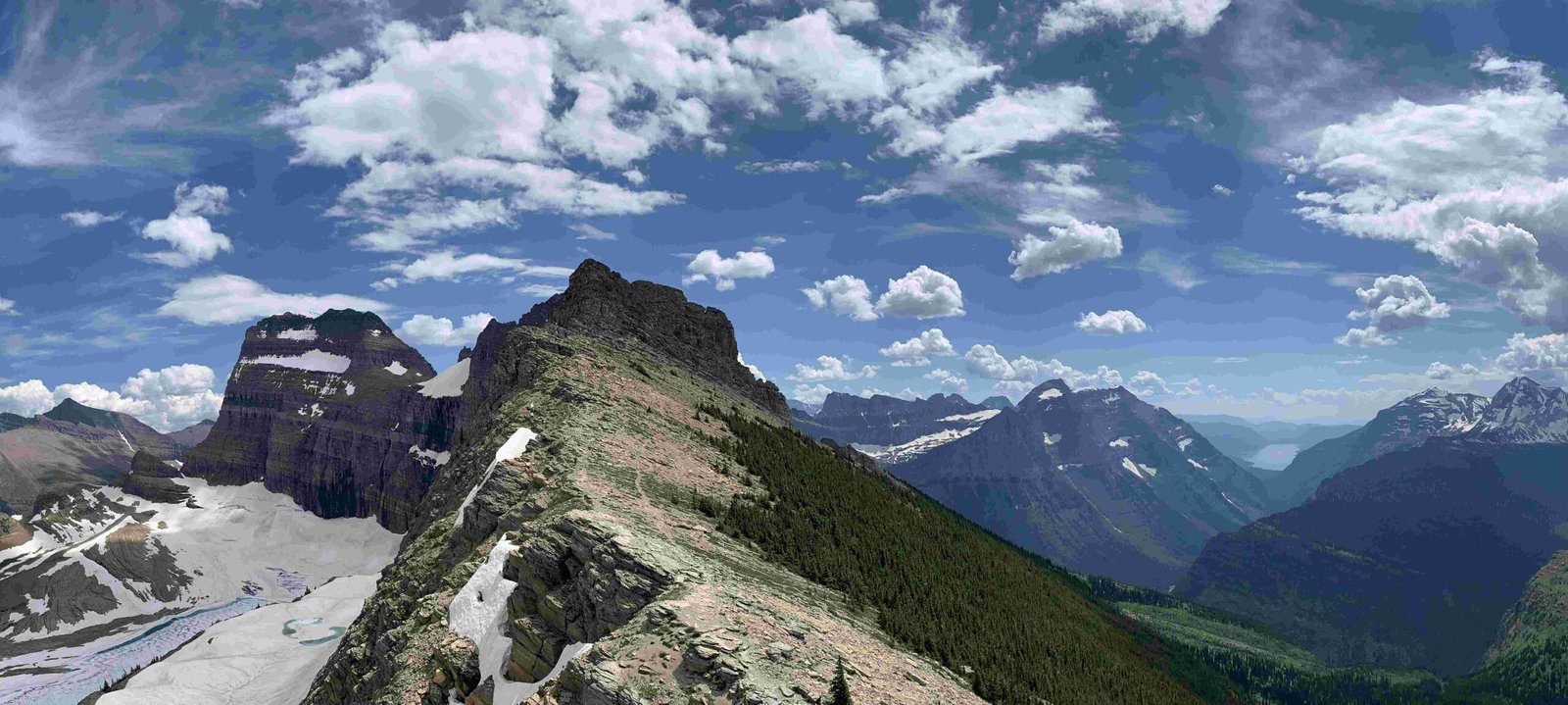Purple fireweed (Chamerion angustifolium) is a stunning wildflower that graces Glacier National Park from June to September. This resilient plant thrives in disturbed areas, offering vibrant purple blooms that paint the landscape. Fireweed plays a crucial role in ecosystem recovery, supports wildlife, and attracts pollinators. Visitors to Glacier National Park can witness this natural wonder through guided hikes and educational programs, making it a must-see attraction for nature enthusiasts.
What is the Bloom Season for Purple Fireweed in Glacier National Park?

Purple fireweed in Glacier National Park typically blooms from June to September, with peak flowering occurring between late June and early September. This spectacular display of purple flowers is a highlight of the park’s summer season, drawing visitors from far and wide.
The bloom timing of fireweed is influenced by several factors:
- Elevation
- Temperature
- Snowmelt patterns
- Soil conditions
At lower elevations, fireweed may start blooming earlier, while higher elevation areas might see blooms lasting into late summer or early fall.
Where Can You Find Purple Fireweed in Glacier National Park?

Fireweed thrives in various habitats throughout Glacier National Park. Here are some key locations and characteristics of its preferred environments:
- Disturbed Areas:
- Recent wildfire sites
- Avalanche paths
- Landslide zones
-
Areas with soil disturbance
-
Open Meadows: Fireweed often dominates open, sunny meadows within the park.
-
Stream Banks: The plant is commonly found along the edges of streams and rivers.
-
Forest Clearings: Gaps in the forest canopy provide ideal conditions for fireweed growth.
-
Roadsides: Park roads often have fireweed growing along their edges.
-
Subalpine and Alpine Areas: At higher elevations, fireweed can be found in open, rocky areas.
| Habitat Type | Characteristics | Associated Species |
|---|---|---|
| Disturbed Areas | Recently affected by fire, avalanches, or human activity | Early successional plants |
| Open Meadows | Full sun exposure, well-drained soil | Grasses, other wildflowers |
| Stream Banks | Moist soil, partial shade | Willows, sedges |
| Forest Clearings | Dappled sunlight, forest soil | Young trees, shrubs |
| Roadsides | Compacted soil, full sun | Grasses, other hardy plants |
| Subalpine/Alpine | Rocky soil, harsh conditions | Alpine wildflowers |
Why is Purple Fireweed Important to Glacier National Park’s Ecosystem?
Purple fireweed plays a crucial role in the ecosystem of Glacier National Park. Its importance can be understood through several key aspects:
Ecological Pioneer
Fireweed is often one of the first plants to colonize disturbed areas, earning it the nickname “fire weed.” This pioneering ability is vital for several reasons:
- Soil Stabilization: While not a long-term soil stabilizer, fireweed’s quick growth helps prevent erosion in newly disturbed areas.
- Nutrient Cycling: As fireweed grows and dies back, it adds organic matter to the soil, improving its quality for future plant growth.
- Habitat Creation: The rapid establishment of fireweed provides cover and food for various wildlife species, jumpstarting the ecosystem recovery process.
Wildlife Support
Fireweed is an essential food source for many animals in Glacier National Park:
- Large Mammals: Elk and deer browse on fireweed leaves and stems.
- Bears: Grizzly bears and black bears consume fireweed as part of their diverse diet.
- Small Mammals: Rodents and other small mammals may eat fireweed seeds or use the plants for cover.
Pollinator Paradise
The vibrant purple flowers of fireweed are not just visually appealing to humans; they’re also irresistible to pollinators:
- Bees: Various bee species, including bumblebees and honeybees, frequent fireweed blossoms.
- Butterflies: Several butterfly species rely on fireweed nectar as a food source.
- Hummingbirds: These tiny birds are attracted to the nectar-rich flowers of fireweed.
By supporting pollinators, fireweed contributes to the overall health and biodiversity of the park’s ecosystem.
Seed Dispersal
A single fireweed plant can produce up to 80,000 seeds, each equipped with a tuft of silky hairs that allows for wind dispersal. This impressive seed production and dispersal mechanism enables fireweed to:
- Quickly colonize new areas
- Maintain genetic diversity within populations
- Adapt to changing environmental conditions
How Can Visitors Experience Purple Fireweed in Glacier National Park?
Visitors to Glacier National Park have several options to experience the beauty of purple fireweed:
Self-Guided Hikes
- Going-to-the-Sun Road: Drive this scenic road and stop at pullouts to observe fireweed along the roadside.
- Hidden Lake Trail: This popular trail offers stunning views of fireweed-covered slopes.
- Iceberg Lake Trail: A challenging hike that rewards with fireweed displays in subalpine meadows.
Ranger-Led Programs
Glacier National Park offers various educational programs that may include information about fireweed:
- Guided Hikes: Join a ranger-led hike to learn about park flora, including fireweed.
- Wildflower Walks: Seasonal programs focused specifically on wildflowers.
- Evening Programs: Attend campground talks that may cover topics related to park ecology and plants.
Photography Opportunities
For photographers, fireweed provides excellent subjects:
- Sunrise/Sunset: Capture fireweed-covered slopes bathed in golden light.
- Macro Photography: Get up close to individual fireweed blossoms.
- Wildlife Interactions: Try to photograph pollinators visiting fireweed flowers.
Best Viewing Times
To maximize your chances of seeing purple fireweed in bloom:
- Peak Season: Plan your visit between late June and early September.
- Time of Day: Early morning or late afternoon often provide the best light for viewing and photography.
- Weather Considerations: Clear days offer better visibility, but overcast conditions can enhance the vibrancy of the purple flowers in photographs.
What Are Some Interesting Facts About Purple Fireweed in Glacier National Park?
Purple fireweed in Glacier National Park is not just a pretty flower; it’s a plant with a fascinating history and unique characteristics:
-
Name Origin: The name “fireweed” comes from its ability to quickly colonize areas after fires.
-
Edibility: Many parts of the fireweed plant are edible:
- Young shoots can be eaten like asparagus
- Leaves can be used to make tea
-
Flowers are edible and can be used as a garnish
-
Traditional Uses: Native American tribes used fireweed for various purposes:
- Medicinal: Treating burns and skin irritations
-
Textile: Fibers from mature plants were used to make cordage
-
Indicator Plant: Fireweed’s blooming pattern is sometimes used as a natural calendar:
- When flowers start blooming at the bottom of the stalk, it signals mid-summer
-
As blooms reach the top, it indicates the approach of fall
-
Rapid Growth: Fireweed can grow up to 3 meters tall in a single growing season.
-
Seed Production: A single fireweed plant can produce up to 80,000 seeds.
-
Adaptability: Fireweed can thrive in a wide range of soil pH levels, from highly acidic to alkaline.
-
Global Distribution: While prominent in Glacier National Park, fireweed is found across North America, Europe, and Asia.
-
Symbolic Significance: Fireweed is the floral emblem of Yukon Territory in Canada.
-
Climate Change Indicator: Changes in fireweed distribution and blooming patterns are being studied as potential indicators of climate change impacts in alpine ecosystems.
By understanding these fascinating aspects of purple fireweed, visitors to Glacier National Park can gain a deeper appreciation for this remarkable plant and its role in the park’s dynamic ecosystem.